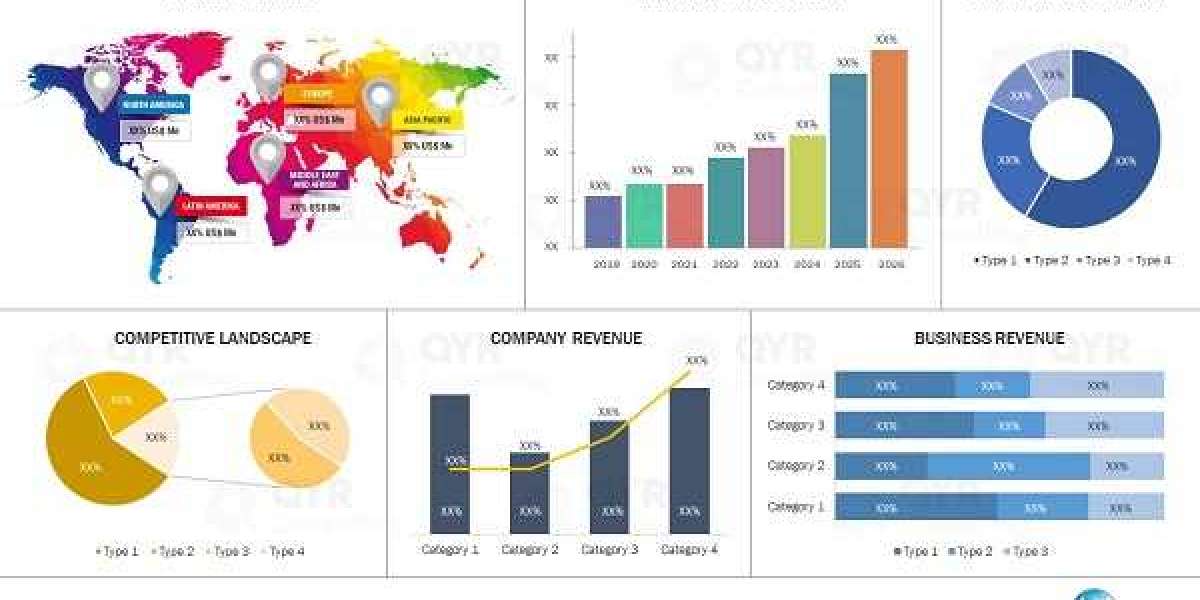In today’s digital-first business landscape, trust and transparency are everything. Companies of all sizes are expected to prove they have strong cybersecurity measures in place, not just to protect their data, but also to earn the confidence of partners, clients, and regulators. This has led to the growing importance of cybersecurity reports like SOC for Cybersecurity and SOC 2. But what’s the difference between the two, and which one does your business need?
If you're trying to understand the nuances of SOC for Cybersecurity vs SOC 2, you're in the right place.
What is SOC for Cybersecurity?
SOC for Cybersecurity is an attestation report developed by the AICPA (American Institute of Certified Public Accountants). Its primary purpose is to provide a broad, general-purpose view of an organization’s cybersecurity risk management program. It’s intended for a wide audience—including stakeholders, investors, and the public—who want assurance that the organization has effective cybersecurity controls in place.
Key Features of SOC for Cybersecurity:
General-purpose report: Suitable for all kinds of stakeholders.
Customizable framework: Organizations can use different security frameworks like NIST or ISO as a base.
Independent evaluation: A CPA firm conducts the assessment and provides assurance.
High-level overview: Focuses on the overall cybersecurity risk management and control environment.
SOC for Cybersecurity is ideal for organizations looking to show transparency and build trust with a broad audience, particularly when cybersecurity is core to their brand or product offering.
What is SOC 2?
SOC 2, on the other hand, is a more specific, targeted audit. It focuses on the internal controls of service providers related to five “trust service criteria”: security, availability, processing integrity, confidentiality, and privacy. SOC 2 reports are tailored to meet the needs of customers and partners who want assurance that a vendor can handle their data responsibly.
Key Features of SOC 2:
Audience-specific: Primarily intended for customers, clients, and regulators.
Standardized framework: Based on the AICPA's Trust Services Criteria.
Two report types:
Type I: Describes controls at a specific point in time.
Type II: Examines how those controls operate over a period (typically 3-12 months).
Frequently required: Especially for SaaS companies and cloud service providers.
SOC 2 is often a must-have for companies offering tech-based services, especially if they handle sensitive customer data.
SOC for Cybersecurity vs SOC 2: Which Do You Need?
Choosing between the two depends largely on your audience and goals. If your organization wants to provide general assurance about your cybersecurity practices to a wide group of stakeholders, SOC for Cybersecurity may be the right choice. If you need to reassure customers or meet vendor compliance requirements, SOC 2 is likely the better fit.
Some companies may even benefit from both. For example, a publicly traded cloud provider may use SOC for Cybersecurity for investors and SOC 2 for client assurance.
Final Thoughts
As cybersecurity threats grow in complexity and frequency, organizations must take proactive steps to show they can manage and mitigate risk. Both SOC for Cybersecurity and SOC 2 offer valuable paths to demonstrating that commitment—but understanding which one aligns with your business needs is crucial.
To dive deeper into SOC reporting and cybersecurity strategy, check out more expert insights on Shaun Stoltz’s blog.











